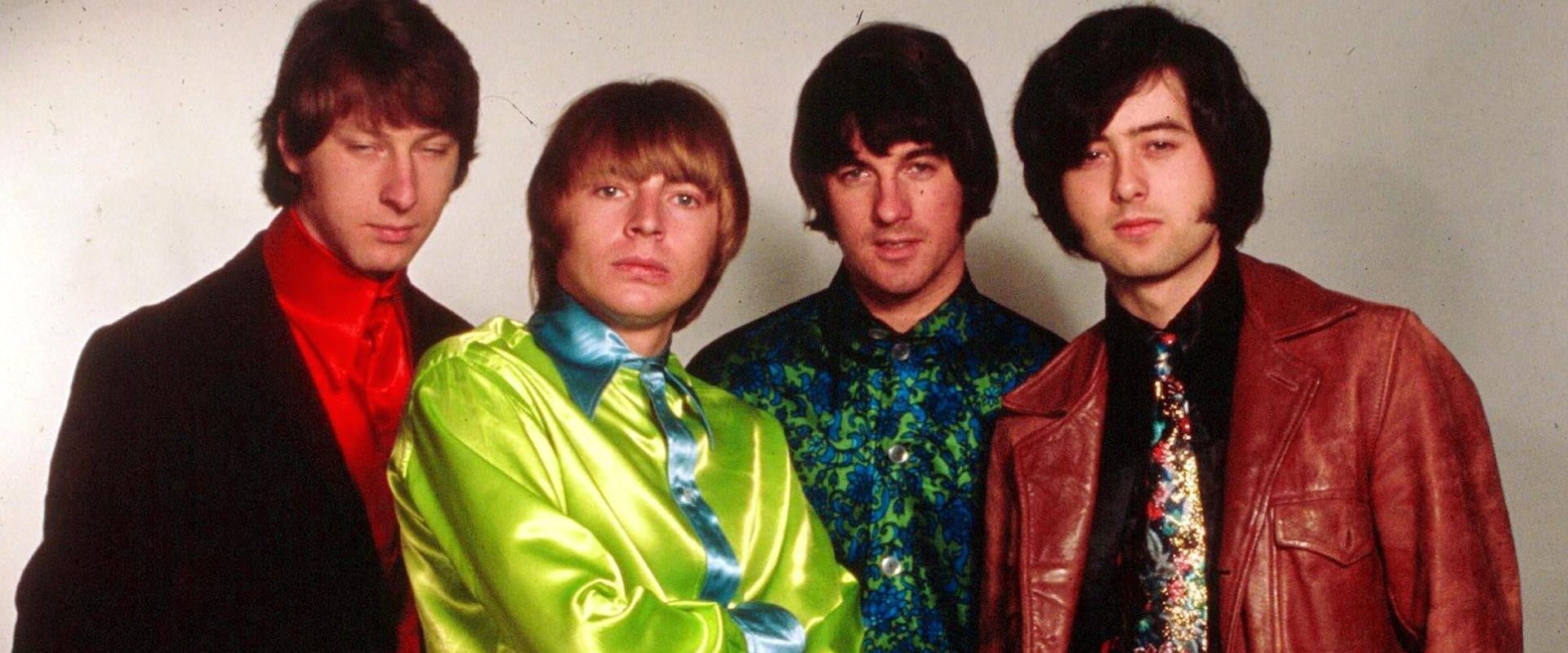On June 21, 1966, Jimmy Page made his on-stage debut with the first band to make him famous. Indeed, before he was melting faces with his driving and artistic guitar riffs in Led Zeppelin, Page was cutting his teeth as a multi-instrumentalist who was so highly sought after that the band he debuted with in 1966 had asked him to join twice, which he refused both times.
But on that fateful day in 1966, the stars aligned just right. Page was tired of being a session player. The band he had rejected twice before was reaching a critical point in their lineup. Thus, both parties were eager for Page to join them on the stage.
Jimmy Page Turned Down The Band Twice
In the early 1960s, Jimmy Page was content with being a studio musician. Known as “Lil’ Jim Pea” to differentiate himself from another session player, Big Jim Sullivan, Page laid guitar down on countless tracks by artists big and small, including the Rolling Stones, the Who, Marianne Faithfull, and more. Page was certainly no stranger to the stage. But he preferred the quiet, more focused approach to session playing. He also appreciated how much easier working in the studio was compared to working long hours in nightclubs and traveling all over the world.
So, when the Yardbirds approached Page to join their band, he was fine with saying no. The first time the band asked, they were looking to replace Eric Clapton, who was leaving for a brief vacation. Page was good friends with Clapton and didn’t want to step on his toes, so the guitarist refused. When Clapton left for good, Page still said no. His session work paid well. He had a nice work-life rhythm going. If it ain’t broke, why fix it?
However, in June 1966, something did break. The Yardbirds’ bassist, Paul Samwell-Smith, abruptly quit the band. Page was growing restless in the studio. These motivating factors came to a head during a Yardbirds gig in June 1966. “Jeff had brought me to the gig in his car, and on the way back, I told him I’d sit in for a few months until they got things sorted out,” Page told Trouser Press, per Ultimate Classic Rock. “[Jeff] Beck had often said to me, ‘It would be really great if you could join the band.’ Since I’d turned the offer down a couple of times already, I didn’t know how the rest of them would feel about me joining.”
The Future Led Zeppelin Guitarist Makes His Yardbirds Debut
Jimmy Page made his Yardbirds debut as the band’s temporary bassist on June 21, 1966, at the Marquee Club in London. As a proficient guitarist, switching to bass wasn’t all that difficult. Page continued to hold down one-half of the rhythm section until guitarist Chris Dreja felt comfortable enough taking over the instrument. After that, Page switched to his primary instrument, the guitar. He would stay on guitar for several years, but the band’s dwindling commercial success soon had the musician looking elsewhere for performance opportunities.
Luckily, it wouldn’t take him long to find them. By 1968, Page was already piecing together the band that would later become Led Zeppelin. Page and Dreja recruited Robert Plant, who then recruited John Bonham. After Dreja dropped out of the band to pursue photography, John Paul Jones joined on bass. The rest, as they say, is rock and roll history.
Photo by Marc Sharratt/Shutterstock
